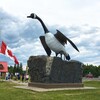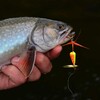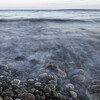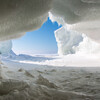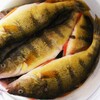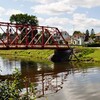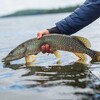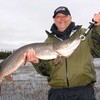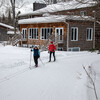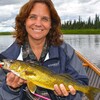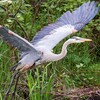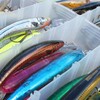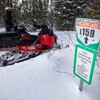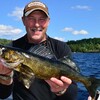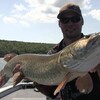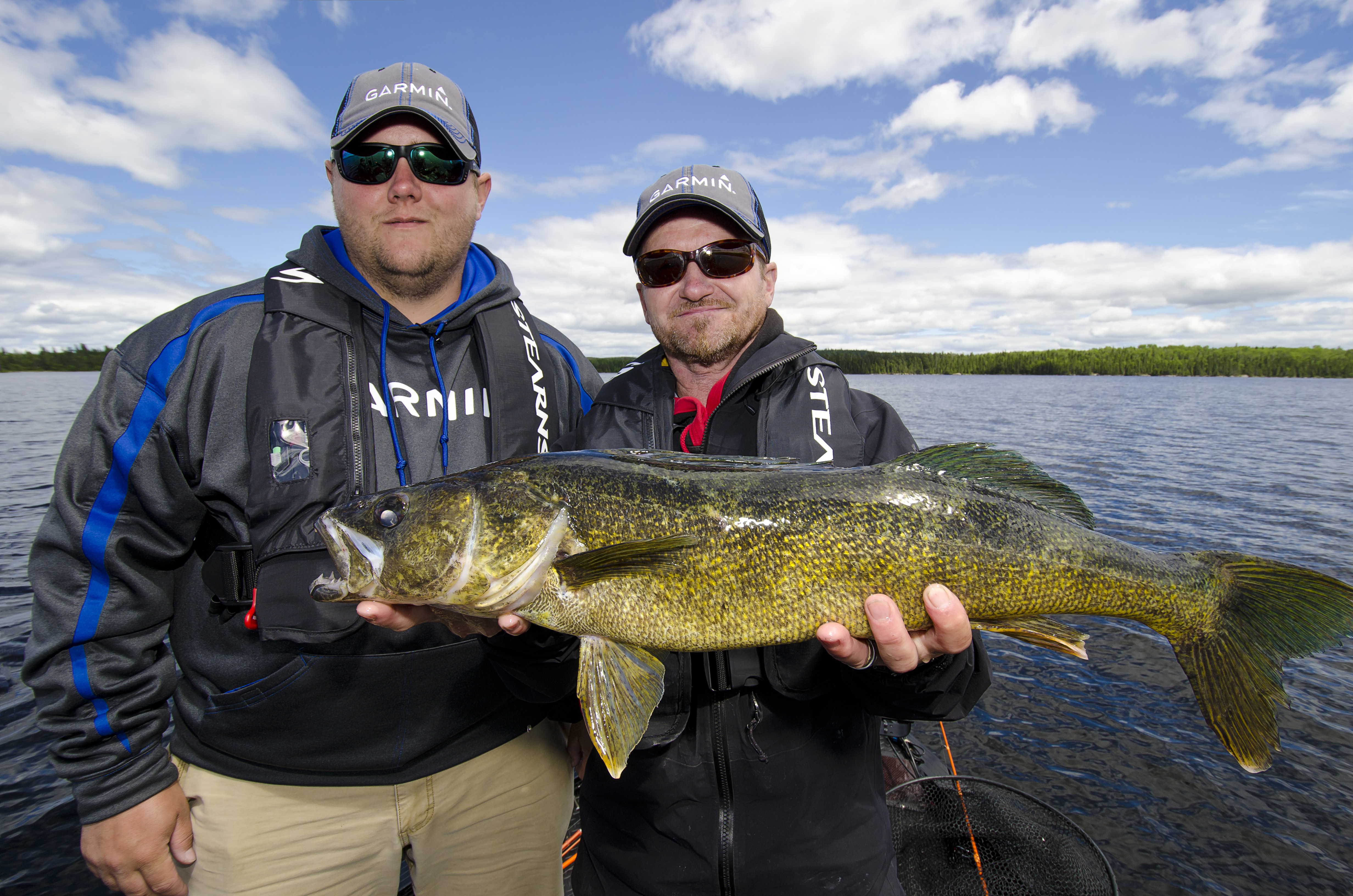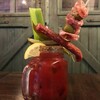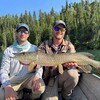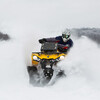
Basic Late Fall Musky Techniques
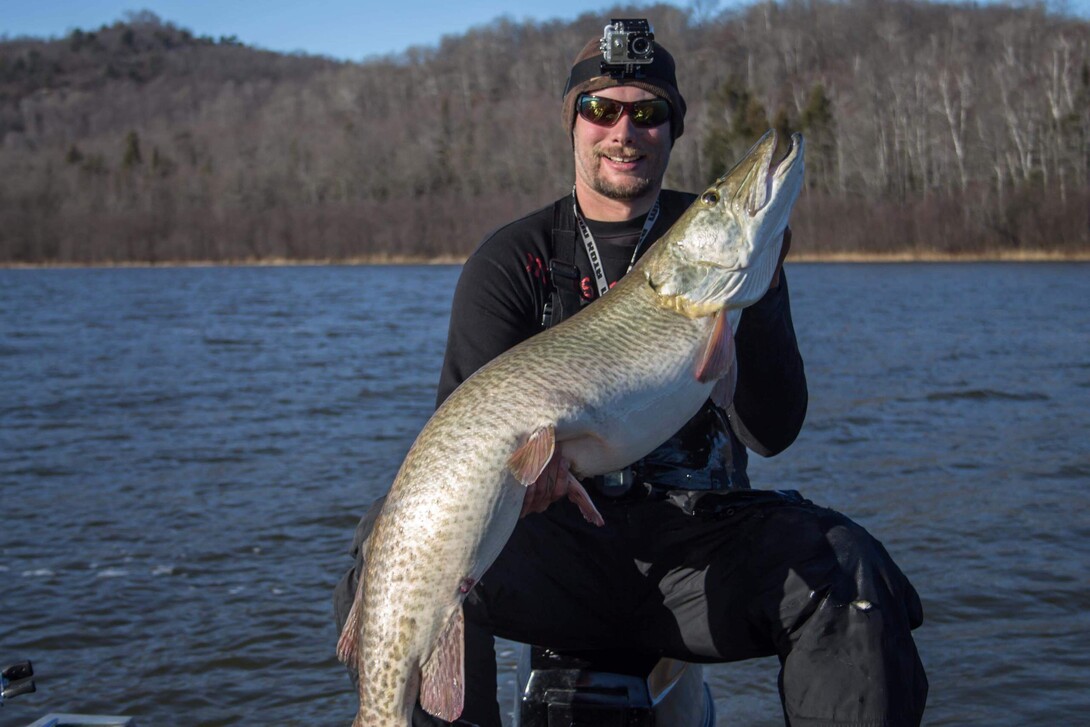
We are a unique species. The weather does not dictate when we fish, but what we wear. We follow the moon to tell us when the fish will eat. We use rods, line and terminal tackle capable of landing sharks. Yes, we are “musky fishermen!”
Late fall musky in Algoma Country can be challenging. No more running and gunning between known summer haunts, no more shredding big shallow weed flats. These fish are in transition and have been for quite some time now. Not only are they in transition, but they are nearing the end of the transition cycle and getting ready to post up and put their toques on in their wintering holes.
What this means is the shorter the day, the colder the water, the shorter the strike zone will be. Along with a shorter strike zone, the feeding windows also shrink. Because of this, it is more important than ever to get on the best-producing spots during the major feeding windows.
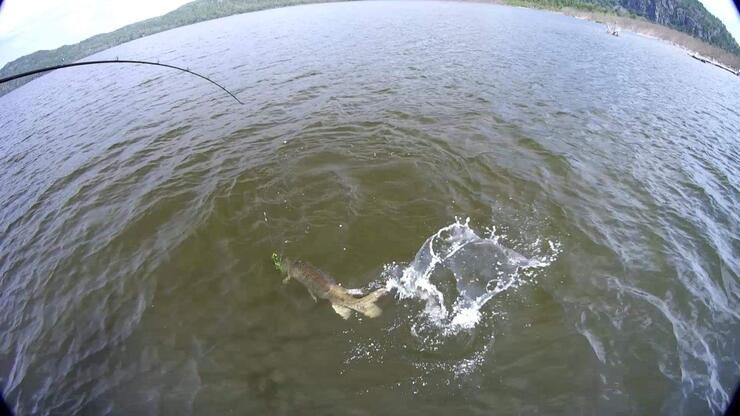
Big N' Slow!
If there were only two words I could use to describe my late fall approach to musky they would be “Big” and “Slow.” These fish don't get massive by accident; they have been programmed through many years of evolution to feed the way they do in order to succeed, with their best possible chance of survival and ability to maintain egg growth over the long winter for the spring spawn. Musky only feed for maintenance during the winter months. What this means is they eat as many calories as possible without burning them all up in the process. This is where big and slow comes in.
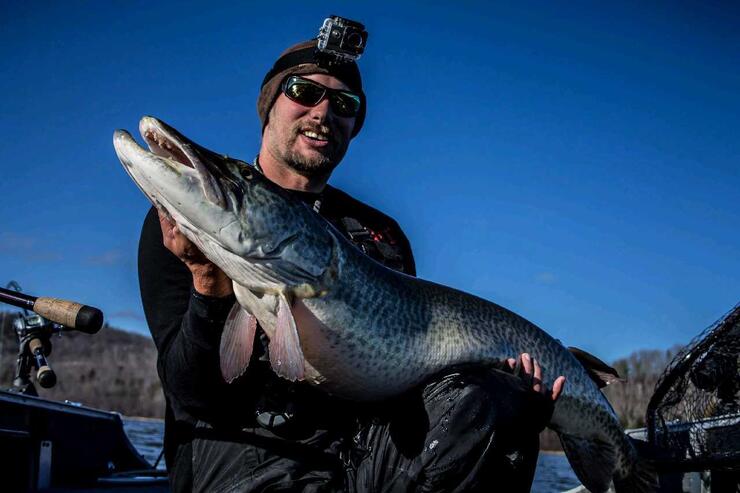
In most cases, a big musky won’t spend its energy chasing down a little minnow darting all over the place, but if you can present a large slow-moving bait within its strike zone, it becomes the answer to the late fall equation of survival. Big calories in a slow-moving easy target means no wasted energy trying to chase it down. This becomes the recipe big musky use to get to trophy stature. Keep your retrieves slow to moderate, and the same goes for trolling speed. I troll between 2 and 3 mph once the water is below 50 degrees. This is when I begin late fall fishing tactics.
One thing to consider is your lure selection when trolling: some baits you normally use at higher trolling speeds will not impose the same fish-catching action they had at these slower speeds, so keep that in mind. Will you catch musky on smaller baits this time of year? Sure. Will you catch musky trolling 5 mph this time of year? Maybe. But why put the odds against yourself when it comes to catching more and bigger fish?
Where Are The Musky?
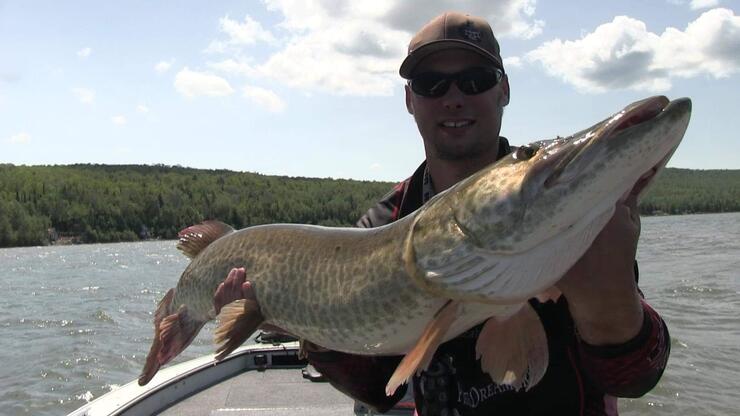
Now that we have a basic understanding of what is going on with these toothy critters, we can use their behavioural patterns to help and try to locate high percentage areas. Food and structure are the most important factors in locating fish. When you have one, it is more than likely you will have discovered the other. The structure is like a magnet providing a false sense of security to a vulnerable baitfish, and in our case this means any and all fish, considering the musky is at the top of the food chain.
Main break contours that lead into the main basin areas are like highways the musky use to travel from one area to another looking for food. When these highways intersect with steep drop-offs along rock banks, extended underwater points, and shoals, that's where the musky can corral their prey to pick them off. It is up to you to decide to troll these highways and in and around these main structures, or post up and cast these specific structure spots that intersect.
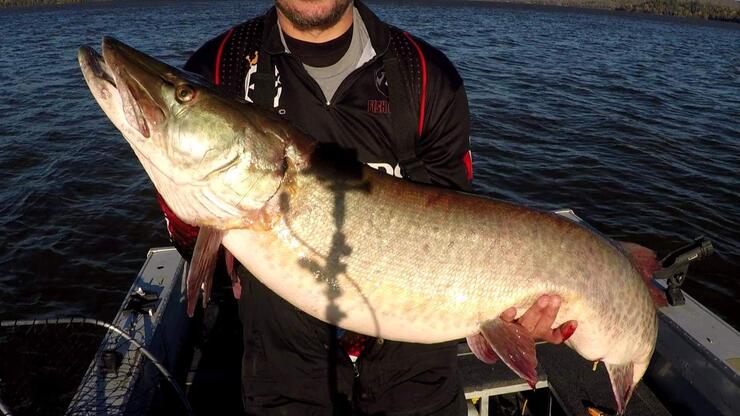
If you are locating pods of baitfish in open water, concentrate on the bait that is riding higher in the water column, and even better if you mark some hooks around them. Your electronics become your best friend and are imperative in locating these schools of bait fish. This is the time of year it pays off to take a little time and drive around to observe where the schools of baitfish are located, and how deep they are. These are your first clues as to where and how deep the musky may be in the open water. In most cases, the musky will be attacking from below or from the side of these bait pods, posting up off extended rock points, saddles, brush piles, and sunken islands, taking advantage of the heat-absorbing rock and the food that follows.
Lure Selection
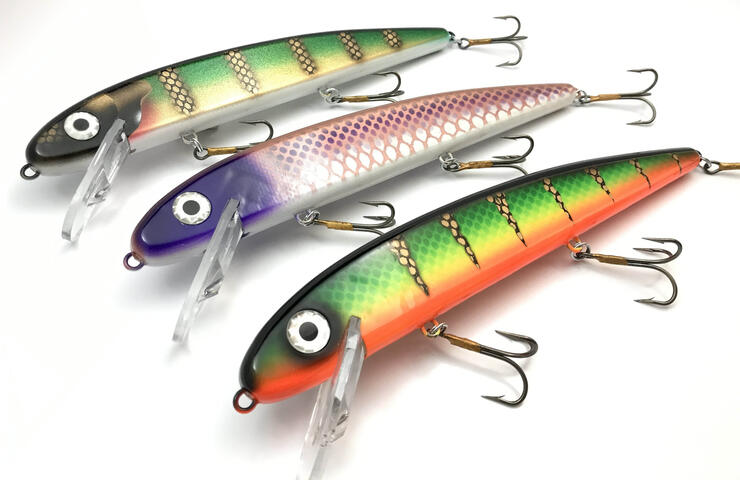
Some of the baits I find most productive for this time of year are big rubber and big jerk and glide baits. To start the list are the magnum and super magnum “Bulldawg” and “Doubledawg” from Musky Innovations, the husky-sized “Medussa” by Chaos tackle, and the newest addition to the musky plastics family, the “Poseidon,” also from Chaos tackle. This lure has an incredible thump that comes from the huge paddle tail, and a tantalizing body roll that screams “Eat Me.” These lures can be cast and retrieved with either a big slow sweeping action or just a straight slow to medium retrieve; both techniques are proven to work.
And for big jerk baits, who can forget about the trusty old “Suick.” The weighted models are the ones to look for in 10” or longer. The weighted model allows for longer hang time and deeper running depths, perfect for working those drop-offs around rocky shoals.
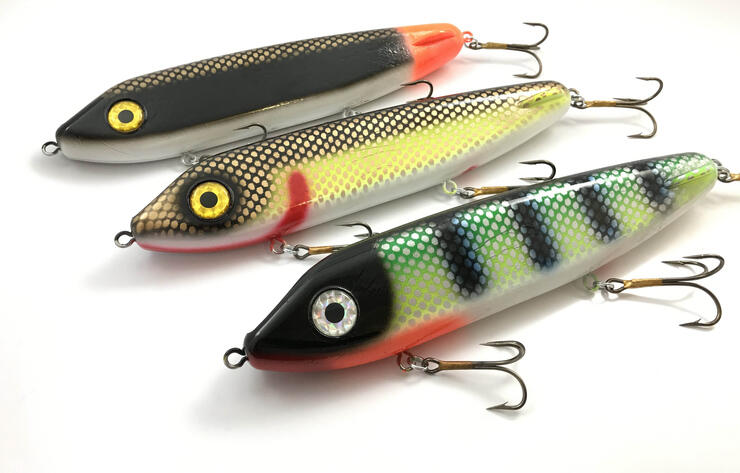
Another productive bait that does the dive and rise technique is the 10-inch weighted “Big Daddy” from Musky Mayhem. For more of the walk the dog side-to-side style of baits my favourites are the 10-inch “Manta” from River Run Tackle, also called the “Hang 10,” and hang these baits do.

Another I use often is the 10-inch “Hell Hound” from E.R.C. These baits are very versatile in how they can be worked. They can be counted down to almost any depth to be worked, and you can use short frequent jerks to get a short, steady walk-the-dog action, or you can vary the cadence and length of jerks, causing the bait to get erratic and unpredictable in its movement. I find this a real deal-breaker on some fish.
As for trolling, my most productive baits are the 10- and 14-inch “Jake” by Musky Mania, along with the ever-so-versatile “Believer” from Drifter Tackle. The 10- and 13-inch are my size of choice come late fall. For these baits, have two separate eyes to tie to for a shallow and a deep setting, depending on the depth of water and structure you are fishing.
Rods And Reels
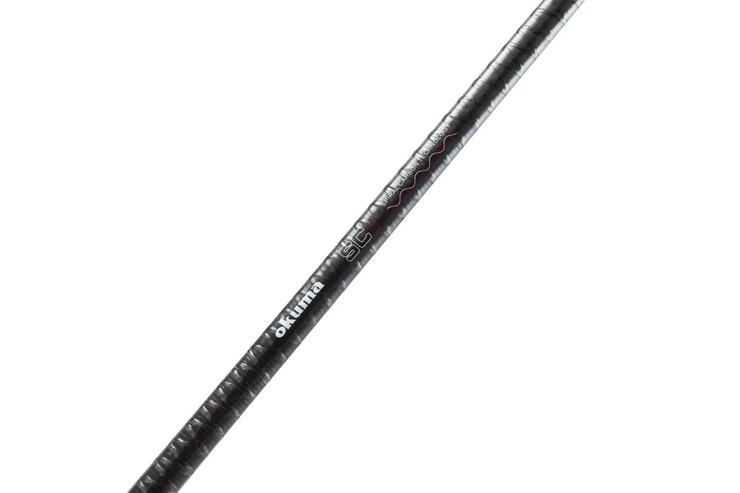
This late fall style of fishing requires a little beefier equipment to throw and troll these massive baits. 13 fishing has a rod series that is made specifically for musky fishing called the “Omen Musky” line. For these big baits, I recommend the 9' XXH or the 8'7” XH. Another great option is the “EVX” or the new “SCT” series by Okuma. St. Croix also makes a great cost-effective option in their “Mojo Musky” series of rods. Stick with 8'6” to 9' XH and XXH in any of these series of rods and manufacturers and you won’t be disappointed.
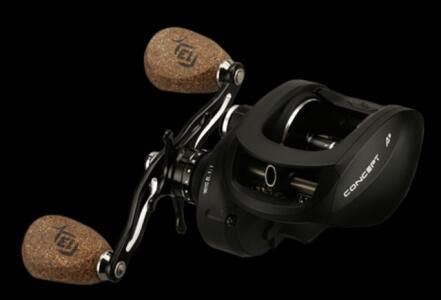
There are many great baits and gear on the market today. Some are custom hand-made, and some are mass-produced for sale at your favourite stores. Any gear I list is a product of my own trials and tribulations during musky hunting.
On your next quest for late fall musky, take these tools and information and apply them to your game to hunt down your fish of a lifetime.
Recommended Articles

The Group of Seven in Algoma

9 Facts to Know about the Agawa Canyon Tour Train
